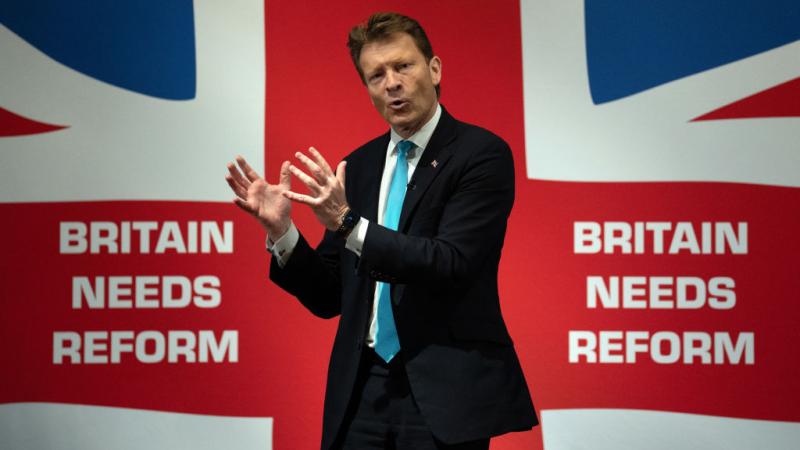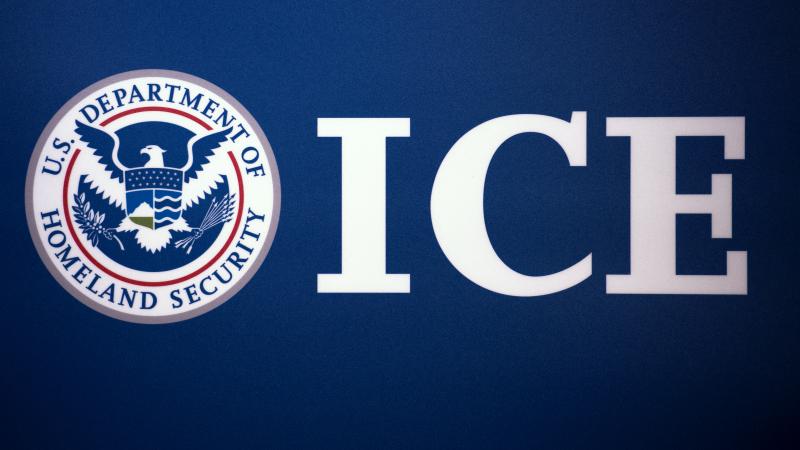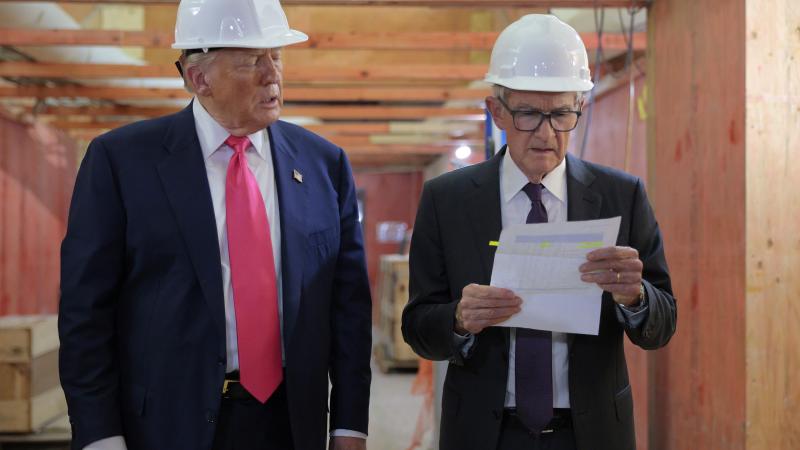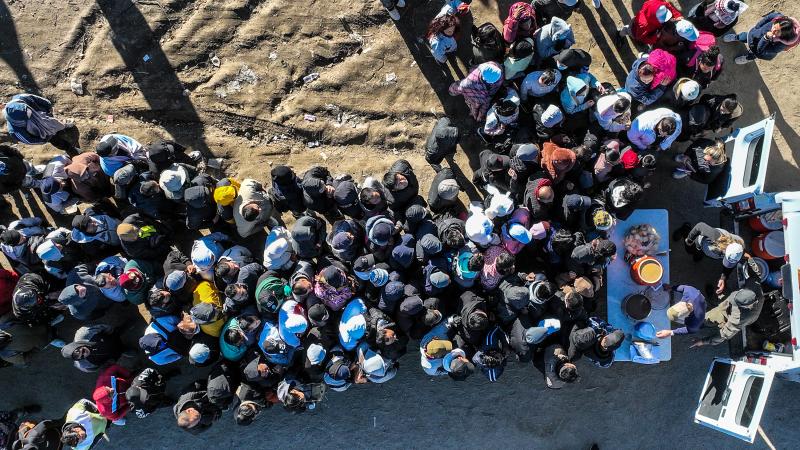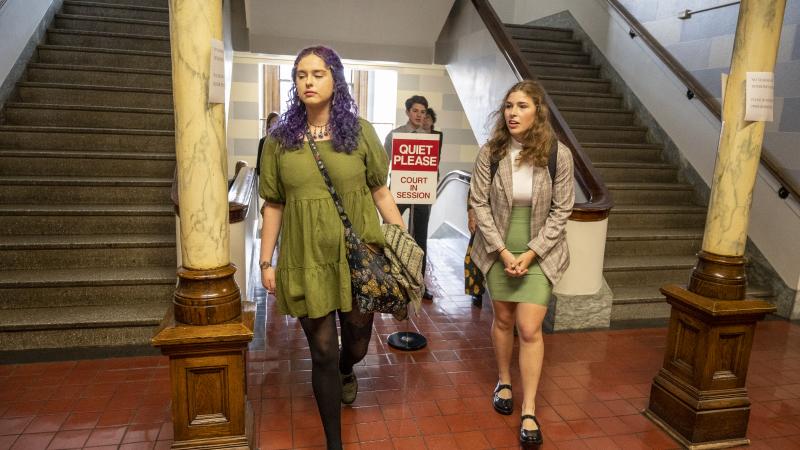Pandemic of Neglect: How U.S. health care failed to heed repeated warnings of supply shortages
More than a dozen government reports dating to the 1990s warned of the sort of medical supply shortages now being experienced in the coronavirus pandemic.
As the Bush administration entered its final months in office, its Occupation Safety and Health Administration examined whether hospitals were prepared to protect frontline doctors and nurses in the event of a catastrophic viral pandemic.
The nation was four years removed from the scare of the Severe Acute Respiratory Syndrome (SARS) coronavirus and two years removed from the creation of a national pandemic plan designed to heighten awareness and preparedness.
What OSHA found was not only alarming, but prescient to the crisis America now endures in 2020.
“It is expected that there will be a worldwide shortage of respirators if and when a pandemic occurs. Employers and employees should not count on obtaining any additional protective equipment not already purchased and stockpiled,” OSHA warned in a report.
OSHA’s warning to stockpile was not an isolated event. A Just the News review found more than a dozen government investigations, congressional reports and pandemic preparedness reviews dating to the 1990s warned that America’s health care system was woefully unprepared for a fast-moving outbreak.
But the pleas of stockpiles, better training, better coordination and more testing of potential remedies fell on the deaf ears of policymakers, congressional overseers and hospital administrators and the chronic inertia in Washington, according to experts who raised the alarm.
“Hospitals were focused on their bottom lines to make more money and not addressing an issue that was going to cost them money in the long run and save lives,” said former Rep. Chris Shays, R-Conn., who called attention to the gaps in America's pandemic preparedness with hearings. “Everyone knew from the White House to Congress - Democrats and Republicans - everyone knew this was becoming a very serious problem.”
The tragic scenes playing out in emergency rooms in New York and elsewhere, where nurses are making gowns from garbage bags and doctors are washing used respirator masks in bleach in hopes of sterilizing and recycling them, did not have to be, as The New York Times columnist Farhad Manjoo aptly noted a few days ago.
“The answer to why we’re running out of protective gear involves a very American set of capitalist pathologies — the rise and inevitable lure of low-cost overseas manufacturing, and a strategic failure, at the national level and in the healthcare industry, to consider seriously the cascading vulnerabilities that flowed from the incentives to reduce costs,” the columnist wrote.
The crisis sweeping America was not one of surprise. The warnings and plannings were repeatedly offered. The crisis is one of past inaction, the experts say.
To understand the failure, one most first tour the history of pandemics in America. In the 20th century there were three influenza pandemics that impacted America.
The pandemic of 1918 killed at least 20 million globally, including 500,000 Americans. The COVID-19 global mortality figures are nowhere near the 1918 global yet, though Dr. Anthony Fauci, the country’s chief infectious disease specialist, warned Sunday the United States could see deaths approach 100,000 to 200,000.
In the U.S., 70,000 died during the 1957 pandemic, while 34,000 died during the 1968 flu pandemic. The lower mortality was due to antibiotic treatment and more aggressive support care.
Both of the latter 20th century pandemics resulted in social disruption among healthcare providers, police and firefighters, according to an October 2000 U.S. Government Accountability Office (GAO) report.
The 2000 GAO report also noted that in 1993, the Clinton administration asked the public and private sectors to review and revise a national pandemic response plan. Seven years later as the Clinton administration was coming to a close, there was no national plan and no date for when a national plan would be announced.
By 1997, the Center for Disease Control issued interim planning guidance in draft form to all states which outlined general federal and state planning responsibilities. In 1999, the Department of Health and Human Services (HHS) funded nine states to develop plans with a budget of $13,000 each while 19 states were funded with other federal or state resources.
In September 2000, The Council of State and Territorial Epidemiologists conducted a survey and found only 28 states were actively preparing a pandemic plan, 10 states were in the “conceptual” stage, 11 states admitted they were not even engaged in pandemic planning, and one state did not even respond.
The 2000 GAO report found that vaccines “may be unavailable, in short supply, or ineffective for some portions of the population during the first wave of a pandemic.”
It added further cause for concern: “Federal and state influenza pandemic plans are in various stages of completion and do not completely or consistently address key issues surrounding the purchase, distribution, and administration of vaccines and antiviral drugs. Inconsistencies in state and federal policies could contribute to public confusion and weaken the effectiveness of the public health response.”
After the 2002-03 (SARS) zoonosis outbreak in China, which spread and afflicted 8,000 worldwide in 24 countries in Europe, North America, South America and Asia and killed nearly 800, the U.S. House of Representatives held hearings on April 9, 2003.
“As we are seeing everyday that SARS spreads, overcoming national and international public health challenges, means the difference between life and death,” Shays said at the time, imploring a march toward better preparedness. “The lessons we are learning today from this genetic cousin of the common could one day shield us from the most uncommon and unnatural outbreaks that threaten our national health and security.”
Janet Heinrich, a GAO witness, testified to Congress that SARS had exposed a health care industry woefully unprepared. “We found that most hospitals across the country lack the capacity to respond to large-scale infectious disease outbreaks,” she told lawmakers. “Most emergency departments have experienced some degree of crowding and therefore in some cases may not be able to handle a large influx of patients during a potential SARS or other infectious disease outbreak.
“Although most hospitals report participating in basic planning activities for such outbreaks, few have adequate medical equipment, such as ventilators that are often needed for respiratory infections such as SARS, to handle the large increases in the number of patients that may result.”
Two years later in November 2005, Health and Human Services (HHS) published its Pandemic Influenza Plan, the first national blueprint for how governments and private industry should respond. It was a milestone, but soon shortcomings would appear.
The 2007 OSHA report clearly identified how far behind hospitals were in stockpiling needed supplies.
“Acquiring adequate supplies of appropriate respirators, ensuring that they fit key personnel, conducting appropriate training, and performing other aspects of respiratory protection can be accomplished in advance of a pandemic influenza outbreak,” it noted. “These measures should be repeated annually, prior to a pandemic being declared, to assure continued preparedness. If this is done, and the virus has an element of airborne transmission, the likelihood that employees will be effectively protected will be increased.”
In February 2008, HHS leadership asked the Office of Inspector General “to evaluate state and local preparedness for influenza pandemic, particularly with regard to medical surge and vaccine and antiviral drug distribution and dispensing.”
Before that report was released, a novel influenza virus (H1N1) emerged as the first global flu pandemic in 40 years.
When the IG finally issued its Local Pandemic Influenza Preparedness: Medical Surge report in September 2009, it concluded that state and local pandemic influenza preparedness during a medical surge was ill-prepared. They reviewed 10 localities in five states - Maine, Missouri, South Dakota, Virginia and the state of Washington.
“All of the selected localities had established partnerships to prepare for a medical surge; however, the degree to which co-ordination occurred varied,” the report noted. “Fewer than half of the selected localities had started to recruit medical volunteers, and none of the five states had implemented an electronic system to manage them.
“All of the selected localities had acquired limited medical equipment for a pandemic, but only three of the five states had electronic systems to track beds and equipment," the report added. "Most of the selected localities were in the early stages of planning for alternate care sites. Most of the selected localities had not identified guidelines for altering triage, admission, and patient care; many cited liability concerns. All of the selected localities conducted medical surge exercises; however, none consistently documented the lessons learned.”
All of the woes afflicting the 2020 health care system in the midst of COVID-19 were flagged after the 2009 pandemic: lack of beds, poor communications between federal, state and local officials and supply shortages. And a concern about rapid testing was flagged as well, foreshadowing the very problems that surfaced earlier this year.
“Diagnostic tests for accurately detecting influenza, especially for confirming 2009 H1N1, were not accessible and led to frustration within the clinical community due to their lack of availability,” an HHS after-action report noted. “The low sensitivity of commercially available rapid antigen detection tests led to misdiagnosis and under-treatment of people with 2009 H1N1 influenza.”
Such warnings met malaise, and the great recession only weakened the pandemic safety net further as cost-cutting eroded some protections.
In California, for instance, then-Gov. Arnold Schwarzenegger in 2006 put in place a mobile hospital program in case of a pandemic. It was a novel solution to quickly ramp up critical care beds. A few years later, Gov. Jerry Brown dismantled it to save money.
By the time the Trump administration rolled into office in 2017, the gaps between what was identified and what had been achieved was painfully obvious. A new clarion call for stockpiling supplies was made, this time by the Centers for Disease Control (CDC), which specifically flagged a likely shortage of respirators, medicines and supplies, just like OSHA had done in 2007.
“When severe influenza outbreaks cause high rates of hospitalization, a surge of medical resources is required, including critical care supplies, antiviral medications, and personal protection equipment,” the CDC said in 2017. “Given uncertainty in the timing and severity of the next pandemic, as well as the time required to manufacture medical countermeasures, stockpiling is central to influenza preparedness.”
The stockpiles did not grow. And now America finds itself trying to adapt by the seat of its pants for a crisis that health care policymakers had been properly warned about for nearly two decades. The outcome is painful for those who sounded the alarm.
“Everyone knew,” Shays said. “Now, the public knows.”
The Facts Inside Our Reporter's Notebook
Links
- October 2000 GAO report https://www.gao.gov/assets/240/230940.pdf
- (May 2003) GAO report warning hospitals woefully unprepared, Testimony by Janet Heinreich before Subcommittee before Oversight and Investigations, Committee on Energy & Commerce, U.S. House of Representatives, https://www.gao.gov/mobile/products/GAO-03-769T
- A 2007 U.S. Department of Labor, Occupational Safety and Health Administration (OSHA), Pandemic Influenza Preparedness and Response Guidance for Healthcare Workers and Healthcare Employers - OSHA telling hospitals to stockpile respirators and other pandemic supplies .https://www.osha.gov/Publications/3328-05-2007-English.html#StockpilesofEssentialResources
- A September 2009 Department of Health & Human Service, Office of Inspector General, State and Local Pandemic Influenza Preparedness: Medical Surge: flagged supply shortages https://oig.hhs.gov/oei/reports/oei-02-08-00210.pdf
- An HHS Retrospective on the 2009 H1N1 Influenza Pandemic to Advance All Hazards Preparedness (Revised June 15, 2012); report flagging surge weakness https://www.phe.gov/PrepaAn HHS Retrospective on the 2009 H1N1 Influenza Pandemicredness/mcm/h1n1-retrospective/Documents/h1n1-retrospective.pdf
- June 2017 Center for Disease & Prevention report warning of respirator shortages. https://wwwnc.cdc.gov/eid/article/23/6/16-1417_article
- Column by New York Times writer Farhad Manjoo, March 25, 2020 https://www.nytimes.com/2020/03/25/opinion/coronavirus-face-mask.html

